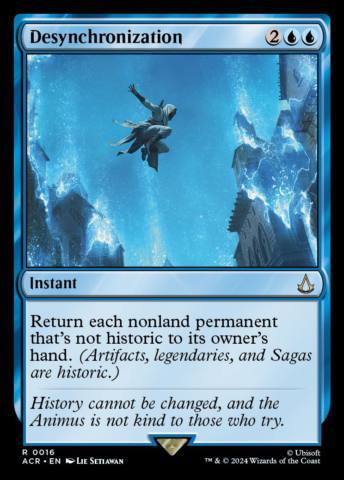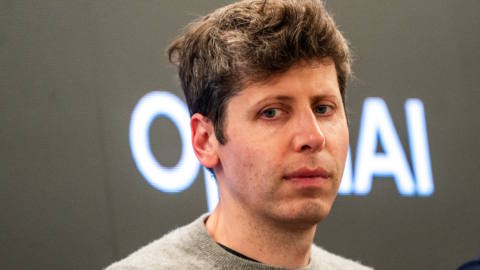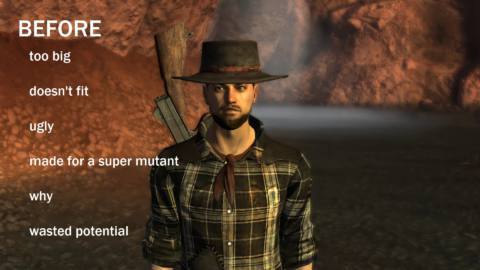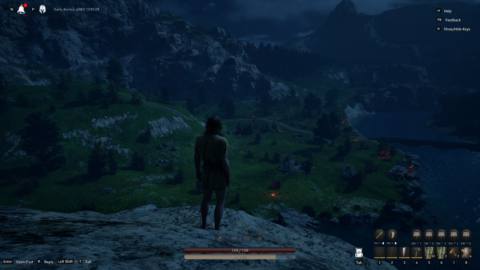Weird West is an immersive sim like no other. It’s played with an isometric camera, for starters—deliberately evoking the tactical bird’s-eye view of 1997’s Fallout, even as it delivers on the slick, malleable action and witchy vibe of Dishonored. It was a project that put clear water between the games Raphaël Colantonio had directed at Arkane, the company he founded, and the new indie venture he’d dubbed WolfEye Studios.
Then Weird West’s systems designer, Joe Wintergreen, hacked together a mod that let you play in first-person. And it felt right. “It felt a little bit like… failure isn’t the word,” Colantonio says. “I was a little disappointed at how excited we were to see the game in first-person.” WolfEye got behind Wintergreen’s efforts—asking him to spend a couple of weeks polishing up the mod for release. And now, the studio is working on a new first-person immersive sim—an Arkane-scale game set in alt-history America which, in Colantonio’s words, will make fans of Dishonored and Prey happy.
Comfort zone
“I think it’s just what we know how to do,” Colantonio says. “It’s what we feel comfortable with. And it was nice to do something else, so that we knew we wanted to come back to that. Weird West was, I would say, a sidestep. It was not a u-turn. We had to try it. We had to go there.”
It wasn’t just a desire for experimentation that led WolfEye to Weird West, but practical concerns. The studio simply wasn’t large enough in the beginning to take on a Dishonored-style project. It took time to build a team with a similar headcount to that of Arkane Austin. “So it was a necessary step,” Colantonio says. “Not only for that, but also to give us the fire to go back. Because once I was done with Prey, I thought, ‘Man, I’m so fed up solving all of the same things, like first-person combat, powers, how do physics [objects] respond when you hold them?’ And now I’m very happy to come back to it.”
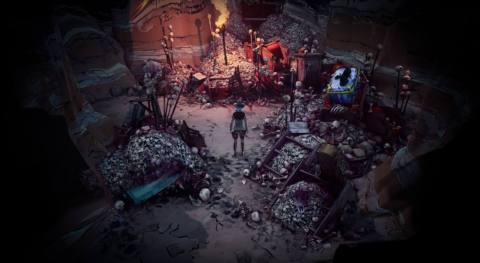
When Colantonio left Arkane in 2017, he needed a breather. “It was hard emotionally,” he says. “I was a bit in a hole, and I had no idea what I wanted to do.” And so for a little while, he lent a hand to other developers. He helped out on Ken Levine’s Judas—a lavish, big-budget shooter which, like Colantonio’s Prey, harks back to the haunted starship atmosphere of System Shock.
“Consulting felt perfect, in the sense that it’s low emotional investment,” Colantonio says. “But at the same time, it was consulting on something that I wanted to: an interesting game of the same spirit as I would like to work on typically, and with someone that I admired a lot. Because I am a big fan of Ken.”
Judas was very different back then—”things can evolve, of course”—but still demonstrated all the hallmarks of a Levine production. “Ken has this very theatrical way of creating moments and characters,” Colantonio says. “I envy that part very much.” While Colantonio is just as much invested in storytelling, for him the story flows first from level design. This may be no surprise to Dishonored players, who gleaned as much about Dunwall from found notes and factory signs as they did from dialogue.
“Even now with WolfEye, there’s really a strong culture of architecture meets level design,” Colantonio says. “That might be one of the differences with Ken’s team. We have tons of constraints by working the way we do. And they are probably free of some of those.”
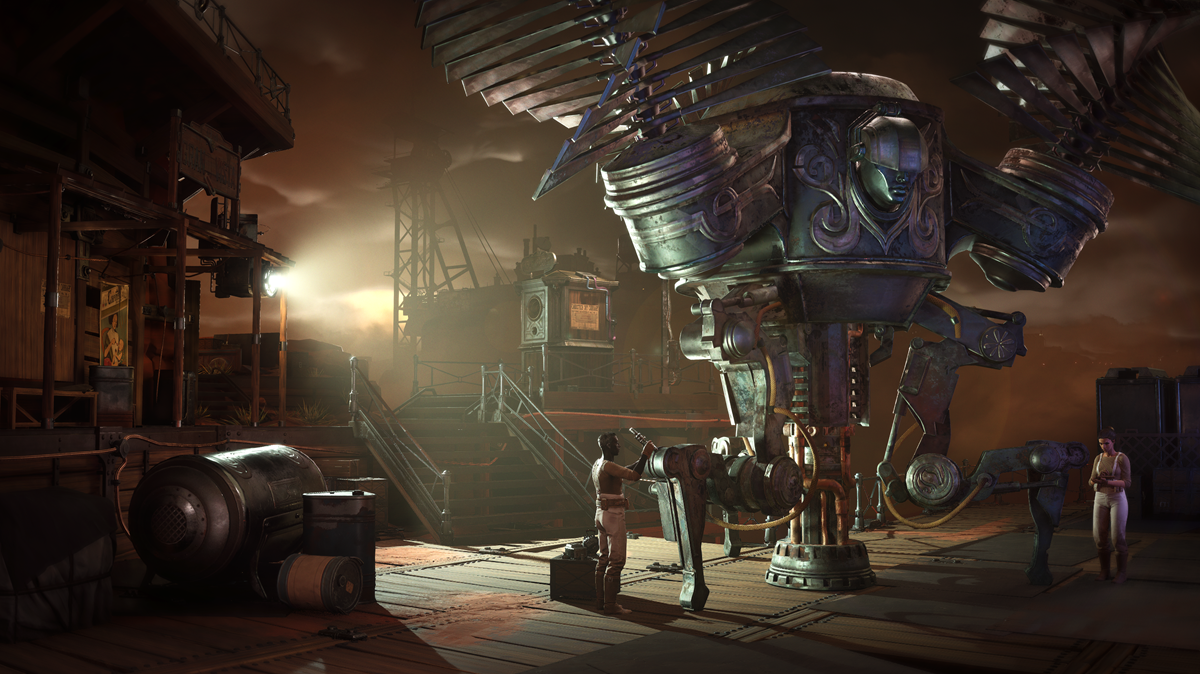
Working on Weird West introduced even more restrictions than the Arkane veterans on the team were used to. “Because when you start saying things like, ‘OK, well, instead of making those complex characters with facial expressions, we can do very simple little characters,’ then you have to relearn,” Colantonio says. “How many of those can I do? How deep can we go into how they interact with the world?”
Familiar faces
Colantonio loves Gloomwood—the indie immersive sim that roots its look and feel firmly in the Looking Glass games of the late ’90s. “They’re doing the Thief kind of thing and playing that nostalgia specifically, right? And so they’re really going hard on it, and they do that perfectly, even in the way they render, the look and feel of the weapons and the characters, and the number of polys.”
But it’s not a game Colantonio could have made himself. “I have a team which would not allow me to go to such a level of constraints, for the art, for level design,” he says. “There’s no way I can do that. My people are always going to try to do 10,000 polys for a face. And frankly, that was one of the difficulties with Weird West. I don’t just blame them, I have to blame myself too. Because when it looks better or looks more like what I’m used to, then I’m like, ‘Ah, yes, maybe we should lean into that a little more’. Which then leads to where we are now.”
With WolfEye’s new first-person RPG, Colantonio and his team are back in territory they recognise. “I think the word here is comfortable,” he says. “It feels like it’s a known quantity. Without even talking to each other, we already have a sense of scope, every time we do anything—because we’ve done it so many times. So there’s a lot of untold, unwritten knowledge that we have.”
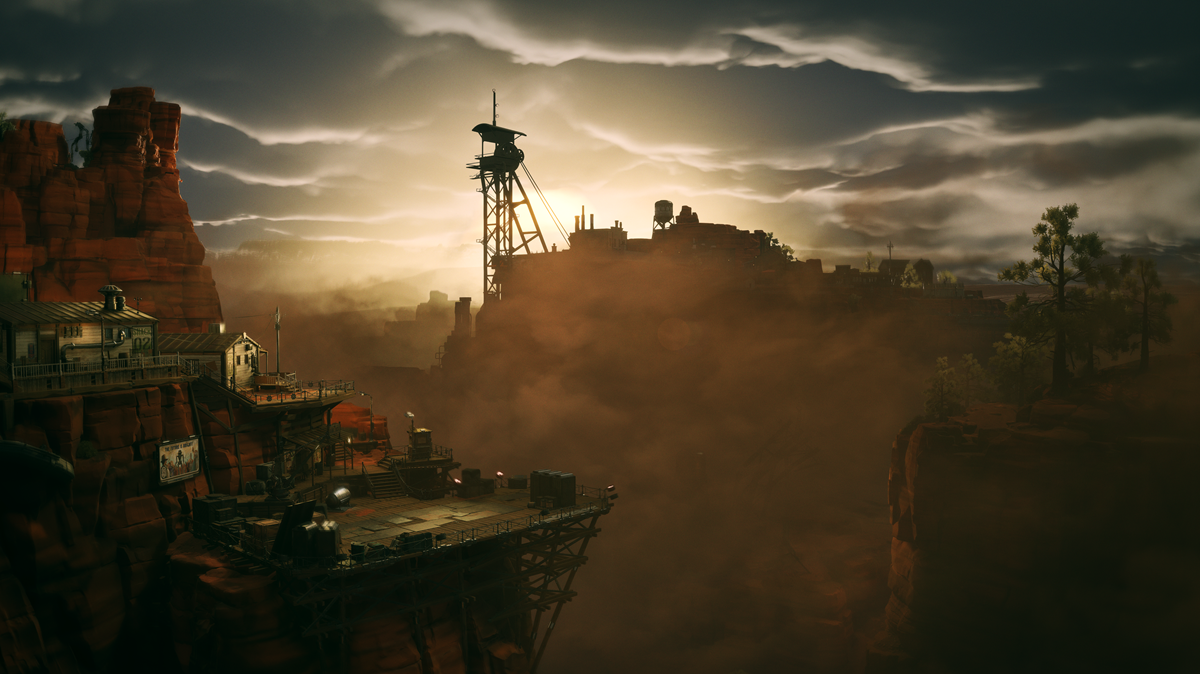
WolfEye was on its current path before Microsoft’s rash of studio closures in May. But now, for immersive sim fans, the developer’s output is more significant than ever—helping to fill the vacuum left by the shuttered Arkane Austin, without whom there would have been no Prey or Dishonored. “Harvey [Smith] and I see each other quite a lot, actually, and Ricardo [Bare] as well. And I think everybody is in their own arc,” Colantonio says. “We would love to work together again. The question is how, and what kind of circumstance. But the industry is a little funny right now. I think they need to take a rest, a little bit, and decide what they want to do.”
For now, there’s WolfEye’s next project, and the immersive sim design philosophy that follows developers like Colantonio from studio to studio: an approach that has proven resistant to adversity; an obsession that will not be denied. “They’re super hard to make. I think it’s always been true, even in the earlier days,” Colantonio says. “[One day] an immersive sim is going to be extremely successful, and then business people will say, ‘Well, from now on, everybody does immersive sims’. But until then, it’s going to be a fight of passionate people who actually really understand those values and want to have the gamers experience them. That’s why we do things most of the time, artists and creatives—because we want to give back to people what we have experienced ourselves.”



